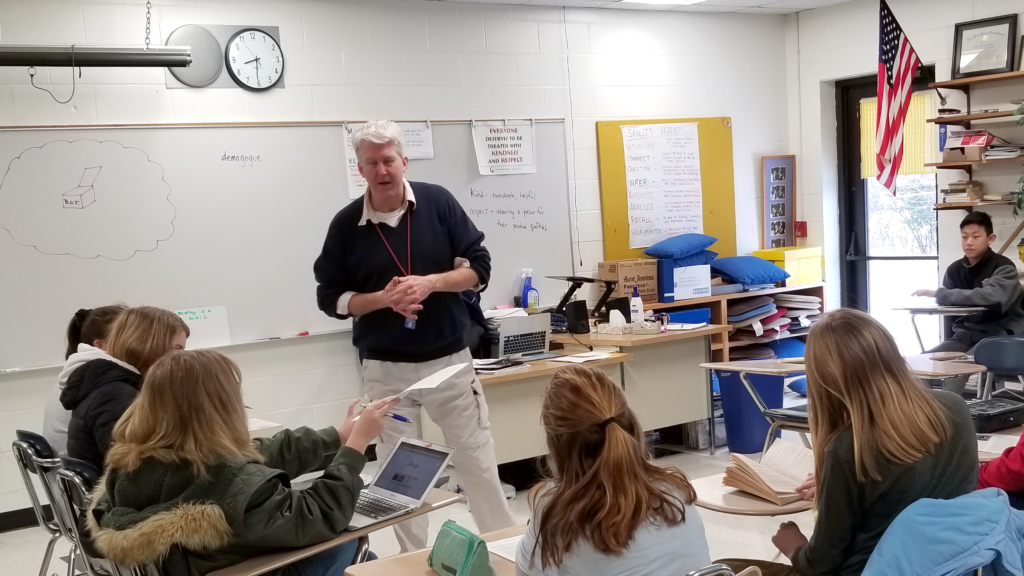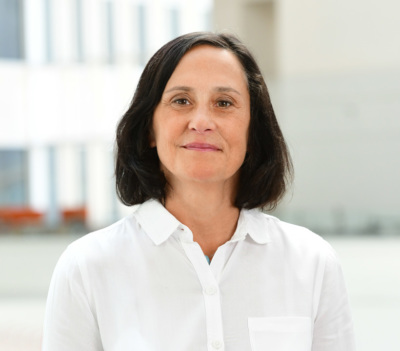Checkology® snags students’ attention, keeps them engaged


John Cannon, a middle school teacher in Damariscotta, Maine, has a unique — and enviable — student engagement issue. When he teaches news literacy using NLP’s Checkology® virtual classroom, his students become so absorbed in the material that they often keep working past the day’s assignment.
“Students are immediately drawn in by the engaging format,” said Cannon, who teaches seventh- and eighth-grade reading at Great Salt Bay Community School.
And that discovery has transformed how he teaches informational text — nonfiction excerpts intended to inform. Typically, it is difficult to maintain students’ interest, stamina and engagement with this material, but after seeing how students eagerly engage with information related to current events in Checkology, he now uses examples from the day’s news.
Cannon, an educator with 15 years of experience, said he first recognized the need for news literacy education in the classroom in 2010, when he moved to middle school from elementary school. In the middle school grades, students transition from “learning to read” to “reading to learn” — analyzing and evaluating text, rather than simply understanding it.
This is where nonfiction material stymies students. “It’s as if they’ve trusted informational texts all the way, so they struggle to develop this wider lens, one that includes point of view, secondary (connotative) meanings of words, and even their own political bias,” Cannon explained in an email exchange.
Developing that wider lens is key to teaching critical thinking while building students’ confidence in their ability to read the world around them. “Checkology ticks off both those boxes,” he said.
A Checkology veteran
Cannon has taught Checkology to more than 100 students in six classes over the past two years, starting with the original platform. He finds even greater value from the reimagined virtual classroom, released for the 2018-19 school year, which offers additional functions and features that appeal to both educator and student.
“I really appreciate the opportunity to customize lessons depending on my classes. I have a broad range of abilities and backgrounds, with some students needing more background and others needing to be pushed into more challenges,” he said.
He also likes the feature that allows busy teachers to quickly and easily comment on students’ work while also providing room for substantive feedback.
And his students have embraced the new reward system. “I’ve come to appreciate how motivating the badge and point system is for students. It keeps them focused and attentive and creates some lighthearted competition to buoy their interest,” he said.
Cannon uses other classwork to reinforce the skills gained from Checkology. “We look for examples of some of the many types of misinformation — specifically ones that have been blended together creatively,” he said. “It’s an authentic way to test out what they’ve learned!”
This is important, he believes, as information overload can confuse and frustrate readers and further erode people’s confidence in their own ability to determine fact from fiction.
“People are ready to say, ‘Forget it. It’s all biased, and I’m not even going to try and find a balanced source,’” Cannon said. “By supplying deeper background and a wealth of cases and examples, Checkology helps restore their belief in journalism, to see it as a vital tool to help prepare them to participate in our democracy.”
